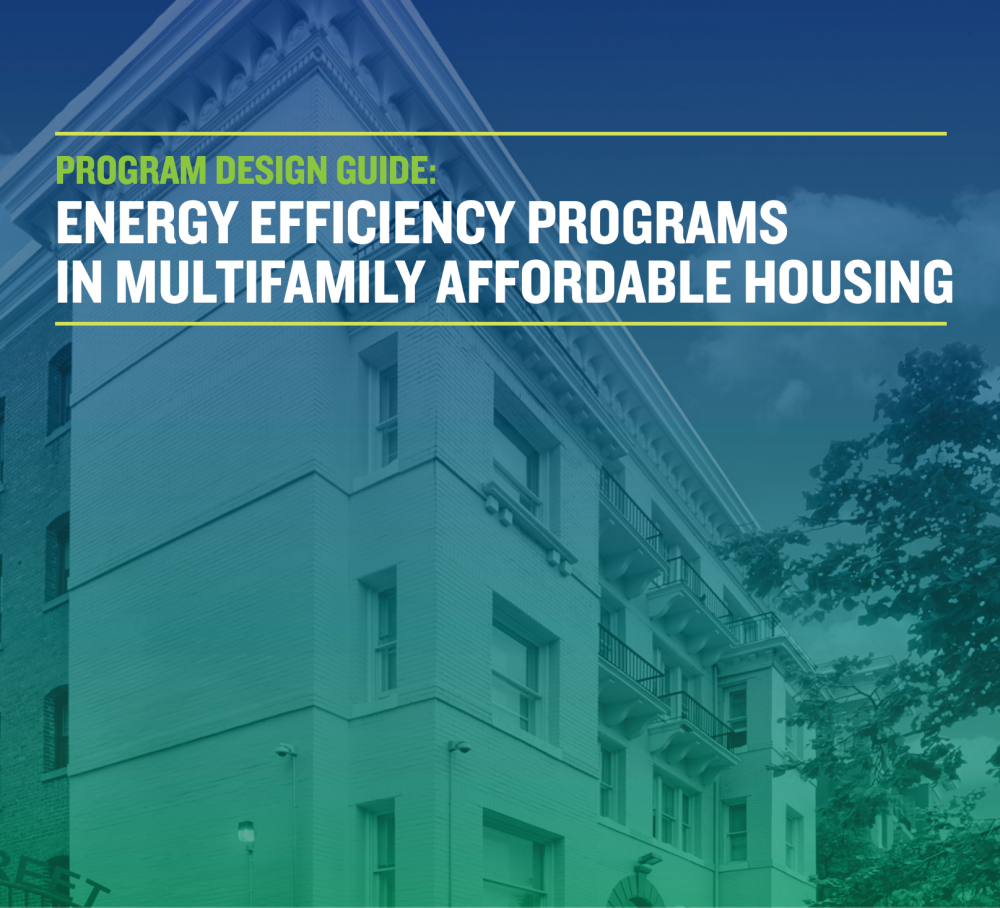Phillip Henderson
EEFA’s new “Program Design Guide: Energy Efficiency Programs in Multifamily Affordable Housing” identifies 12 best practices for policymakers, regulators, and program administrators to help building owners invest to increase the energy efficiency of multifamily affordable housing.
Electric and gas utilities in the United States invest billions of dollars annually to help their customers become more energy-efficient, generally by making repairs and improvements to customers’ homes and buildings. Yet, studies show vast amounts of untapped cost-effective efficiency potential available in our nation’s multifamily affordable housing sector. A lot of energy delivered to affordable housing is wasted—it simply goes out the window or up the chimney.
Multifamily affordable housing is often viewed as a “hard to reach” sector, but many utilities have realized success with programs and there are models that work. The Program Design Guide presents learnings from these models in the form of 12 best practices that are actionable for policymakers, regulators, and program administrators to effectively reach the multifamily affordable housing sector.
- Establish a goal to capture all cost-effective efficiency in the multifamily affordable housing sector
- Assure coordination and count savings across electricity, gas and water programs
- Assure that cost-effectiveness tests work for multifamily affordable housing
- Improve building owners’ access to energy usage information
- Develop programs specifically targeted to the multifamily affordable housing sector
- Structure incentives for whole-building savings
- Assure incentives are reliable at the project outset
- Support benchmarking, audits, and other assessments
- Support a “one-stop shop” for building owners to access integrated program services
- Build partnerships with key local market participants
- Help building owners finance efficiency projects
- Provide robust quality assurance.
This study, combined with EEFA’s “Potential for Energy Savings” study, can help utilities, regulators, building owners and managers shape programs that increase the energy efficiency of multifamily affordable housing. Efficiency investments help conserve energy, reduce costs, preserve affordable housing, and improve the health and well-being of residents.

Program Design Guide report cover

